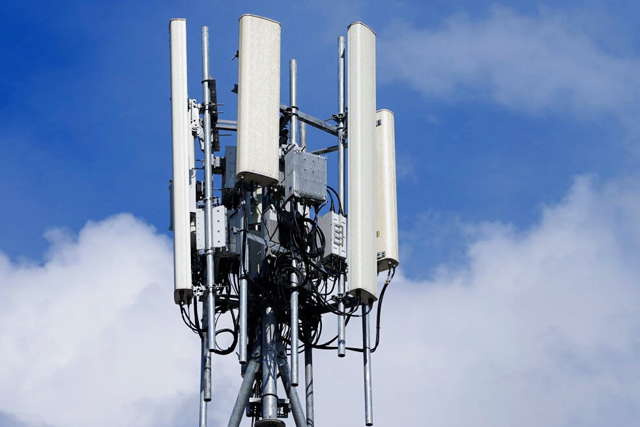Maintaining backup power supply for telecommunications base stations is crucial to ensure uninterrupted communication services, especially during power outages or emergencies. Here are some key steps to maintain backup power for telecommunications base stations.
- Regular Inspections: Conduct routine inspections of backup power systems, including batteries, generators, and inverters, to ensure they are in good working condition. Check for signs of corrosion, leaks, or damage, and address any issues promptly.
- Battery Maintenance: If the backup power system includes batteries, perform regular maintenance tasks such as checking electrolyte levels (for flooded lead-acid batteries), cleaning terminals, and performing capacity tests to ensure optimal performance. Replace batteries as needed based on manufacturer recommendations or when they no longer hold a charge effectively.
- Generator Maintenance: If the backup power system includes a generator, follow a scheduled maintenance plan recommended by the manufacturer. This may include tasks such as changing oil and filters, inspecting fuel levels, testing starting mechanisms, and ensuring proper ventilation.
- Inverter Maintenance: Inspect inverters regularly for any signs of damage or malfunction. Clean air vents to prevent overheating, check electrical connections for tightness, and perform firmware updates as necessary.
- Fuel Management: If the backup power system relies on a generator, ensure a reliable fuel supply is maintained. Monitor fuel levels regularly and establish protocols for refueling during extended outages.
- Remote Monitoring: Implement remote monitoring systems to track the status of backup power systems in real-time. This allows for proactive maintenance and enables quick response to any issues that arise.
- Training and Documentation: Ensure personnel responsible for maintaining backup power systems receive proper training on equipment operation, maintenance procedures, and safety protocols. Maintain up-to-date documentation of maintenance activities, including inspection logs, service records, and emergency procedures.
- Testing and Drills: Regularly conduct testing and drills to verify the functionality of backup power systems and familiarize personnel with emergency response procedures. This includes testing automatic transfer switches, conducting load tests, and simulating power outage scenarios.
- Environmental Considerations: Consider environmental factors that may affect backup power systems, such as temperature extremes, humidity, and exposure to elements. Take appropriate measures to protect equipment from adverse conditions, such as installing enclosures or climate control systems.
By following these maintenance practices and implementing robust monitoring and testing procedures, telecommunications operators can ensure the reliability and effectiveness of backup power supply for base stations, helping to maintain uninterrupted communication services even in challenging circumstances.


